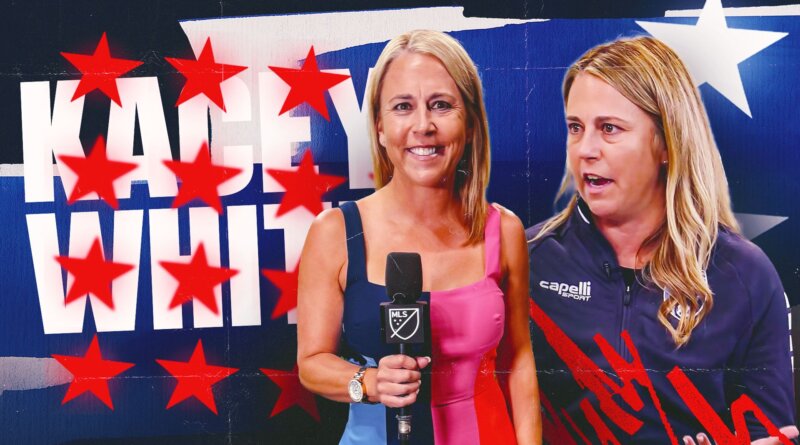College Soccer Parity: Why NCAA Title Race Is Wide Open
College soccer parity is defining the 2025 NCAA season, according to ESPN analyst and NWSL legend Kacey White. As the women’s college soccer landscape evolves rapidly, predicting a champion has become tougher than ever.
College Soccer Parity: A New Era of Competition
College soccer parity is no longer a buzzword; it’s the reality shaping every matchday. Kacey White, a former UNC standout now covering the NCAA game for ESPN+, believes the sport has entered its most competitive era. She points to conference realignment and increased player mobility as key reasons for this unpredictability.
White explains, “Every year, the gaps between programs narrow. With conference realignment bringing heavyweights like Stanford and Cal into the ACC, and the constant movement of top players to professional ranks, there’s more competition and less certainty.”
UNC’s Challenge to Repeat
Last year, North Carolina claimed the national championship, but White warns that repeating will be a monumental challenge. “UNC doesn’t have a deep substitution bench and relies on a young roster. This season, they finished just outside the ACC’s top six,” she notes. Such outcomes aren’t isolated—Wake Forest, last year’s finalist, also slipped to ninth place.
According to White, this isn’t a drop in quality from traditional powers, but a testament to college soccer parity. “The ACC is more competitive than ever. Fine margins separate the teams, and anyone can win on their day.”
Conference Realignment Fuels Parity
The latest ACC shake-up, with Stanford and Cal joining, has intensified the battle for supremacy. “Adding perennial contenders to a conference already stacked with talent makes NCAA tournament qualification even more unpredictable,” says White.
She believes this dynamic prepares players for adversity and resilience—qualities essential at higher levels. “Facing top teams week after week means there’s no room for complacency. It’s chaotic, but that’s how players grow.”
Changing Pathways to the Pros
Another factor impacting college soccer parity is the end of the NWSL draft. Players now have the flexibility to turn professional when ready, rather than waiting for a draft slot. “It’s not necessarily better or worse—just different,” White observes. “Some players benefit from accelerated paths, while others may still choose to develop longer in college.”
This shift has made roster construction a year-to-year puzzle, amplifying the unpredictability for coaches and fans alike.
Who Can Win the NCAA Tournament?
Asked for her NCAA tournament predictions, White is candid: “It’s anyone’s guess.” Still, she expects minimum two ACC teams in the College Cup, citing the conference’s depth. Her frontrunner is Stanford, whose dominant semifinal performance convinced her they could go all the way.
Yet in a year marked by parity, she admits, “Trying to predict a winner is just setting yourself up for surprises. That’s what makes college soccer so exciting right now.”
The Broader Impact of College Soccer Parity
College soccer parity isn’t just a headline—it’s reshaping the development of players nationwide. The fierce competition is teaching resilience, adaptability, and the importance of performing under pressure. White argues these are foundational traits for future professionals and for the growth of the women’s game.
For fans, it means every NCAA tournament is more wide open than ever. Traditional dynasties can no longer rely on reputation alone, and new contenders emerge each season.
Looking Ahead: Parity as the New Normal
The 2025 NCAA women’s soccer season underscores that college soccer parity is here to stay. As rosters churn and conferences grow, unpredictability will be the norm. For players, coaches, and followers, the message is clear: expect the unexpected.
If you want to stay updated on further developments in college soccer and beyond, visit for more news.
Opinion: Parity Is a Win for the NCAA Game
In my view, the rise of college soccer parity benefits everyone. It raises the standard of play, gives more programs a chance to shine, and prepares athletes for the demands of professional soccer. While it may frustrate those craving dynastic dominance, this unpredictability is exactly what keeps the NCAA tournament compelling year after year.
Your global gateway to nonstop football coverage:
News Goal
Share this content:
